I haven't fully modelled Tetrinsic Concept3.2X2 yet, but I've modelled enough to start modelling Tetent Concept4.
Conveniently enough, I was able to download a .stp file of the 4.12" HMI display on Dwin's website and I managed to find a nice paint-line background to go onto it.
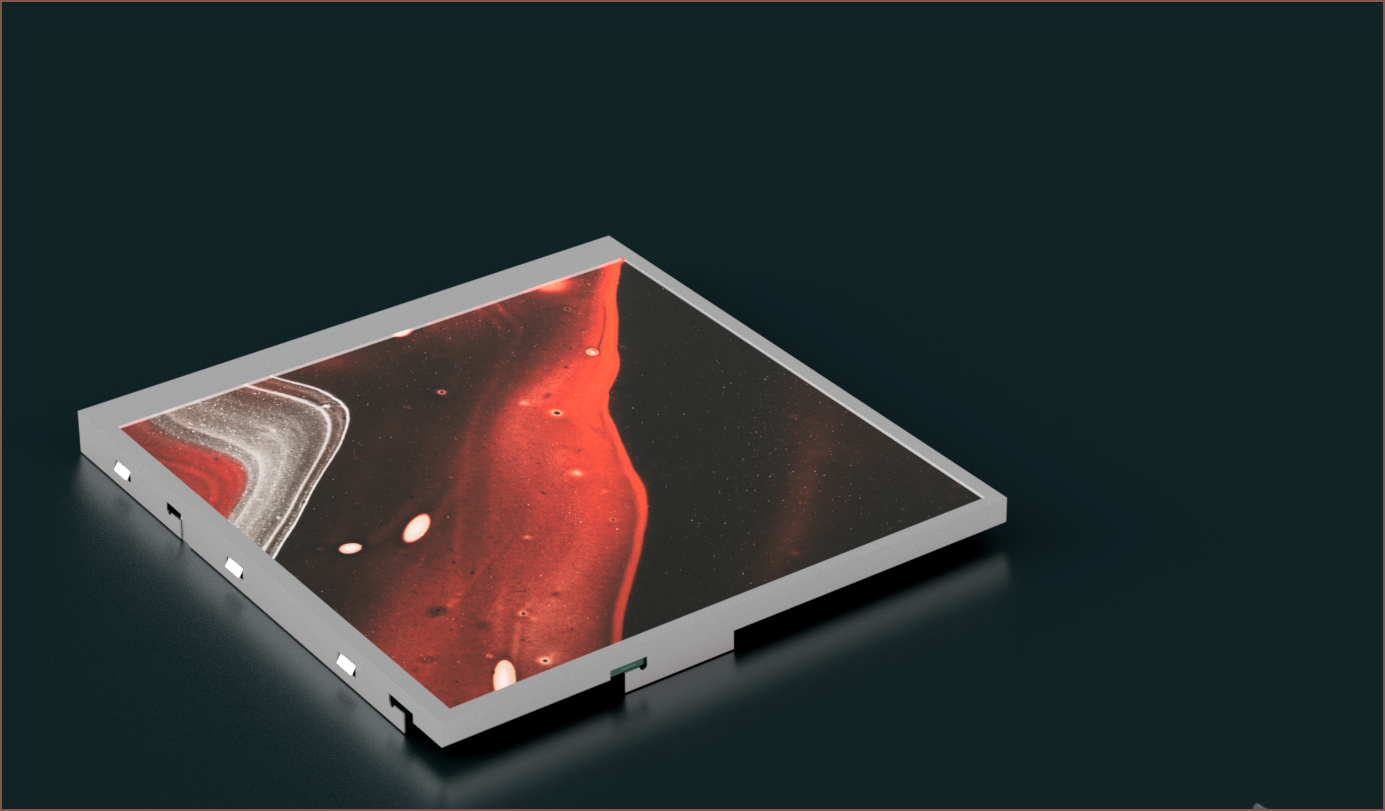
Then I placed components where they needed to go. To my suprise, if I just crop the square that has the screen and rotate by 45 degrees, I get:
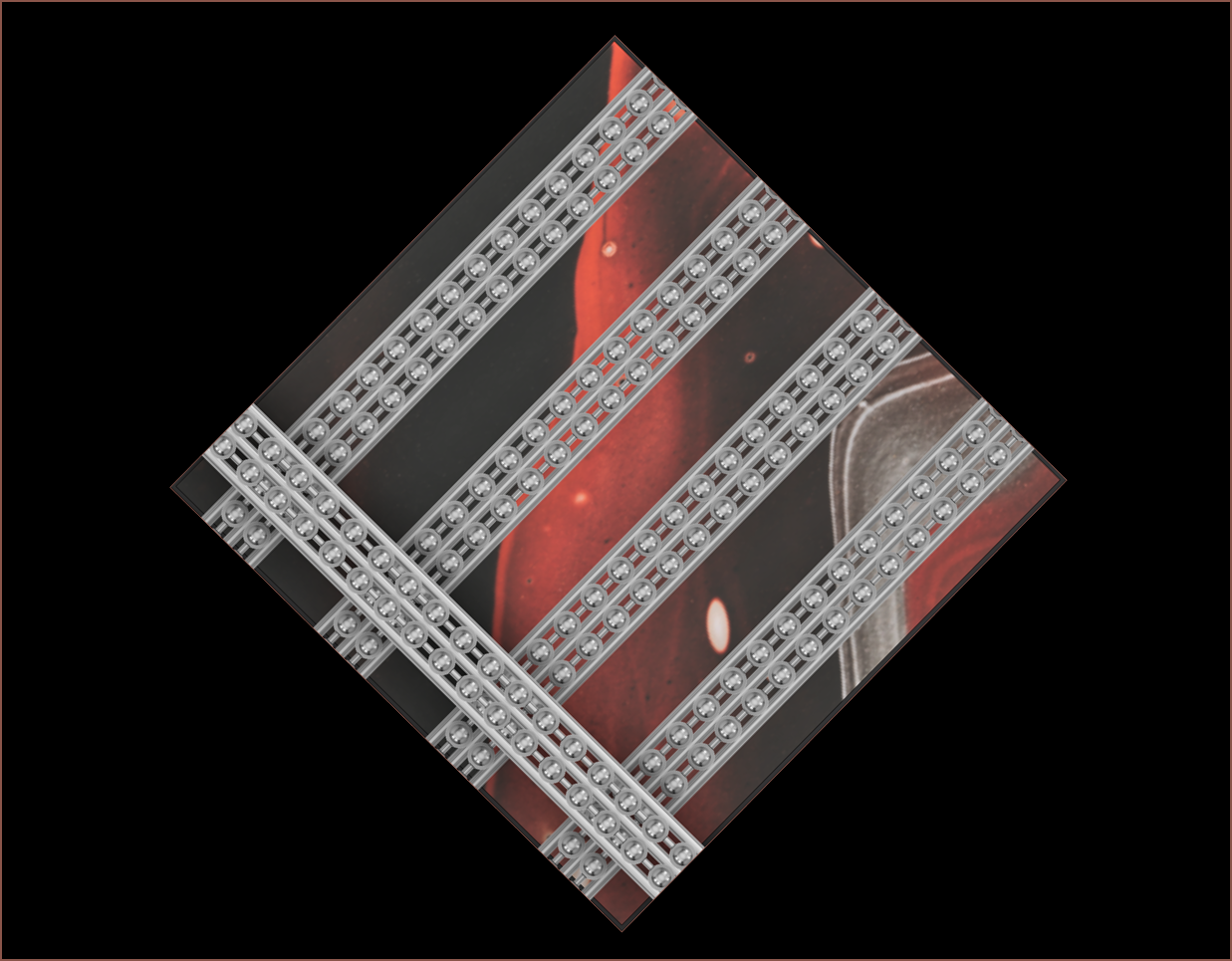
Which reminds me of a very calming game I played years ago: Strata
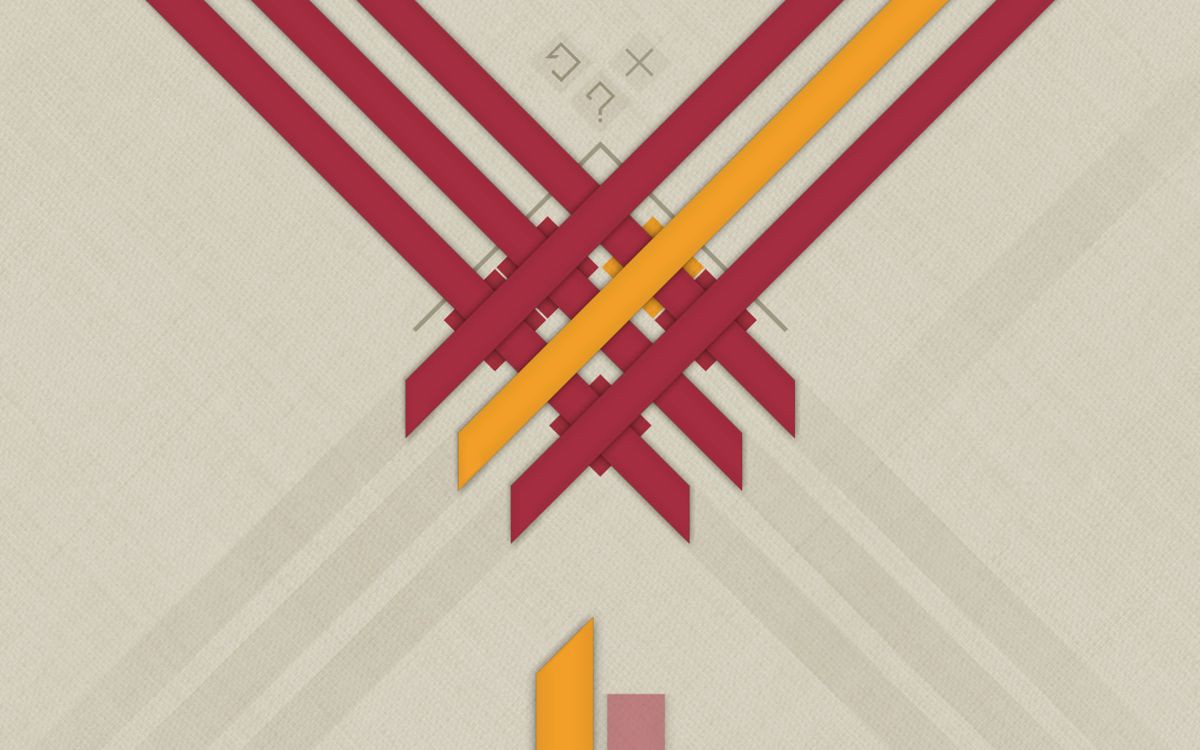
Obviously, it could aslo be rotated 180 degrees so that more of the screen area encompasses the usable lengths of Tetrinsic, since Finger3 especially could use the extra 5mm:
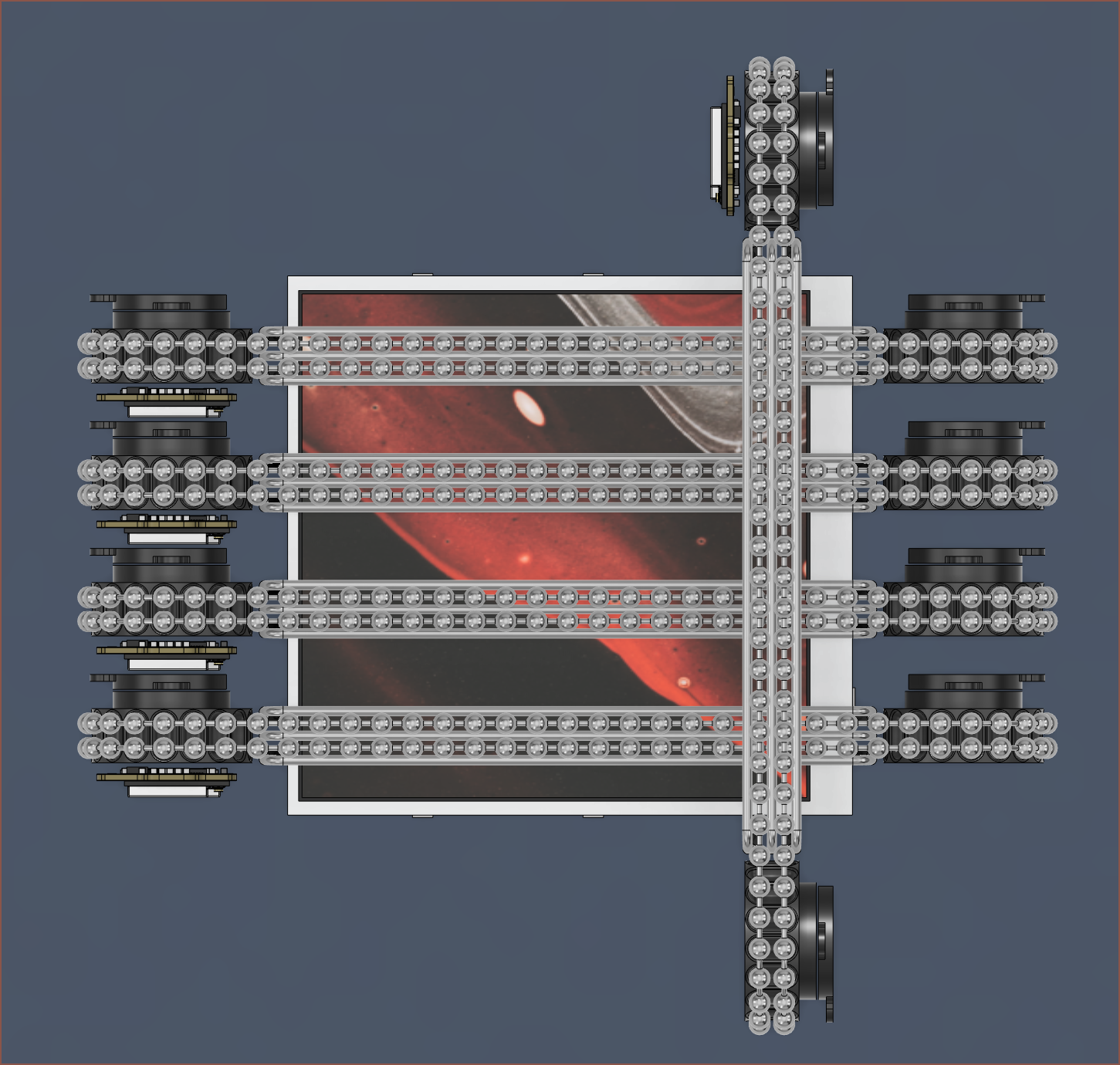
Also, that Strata-esque view only works when looked straight above. When viewed from multiple angles in perspective, the chin-under-thumb configuration is better:
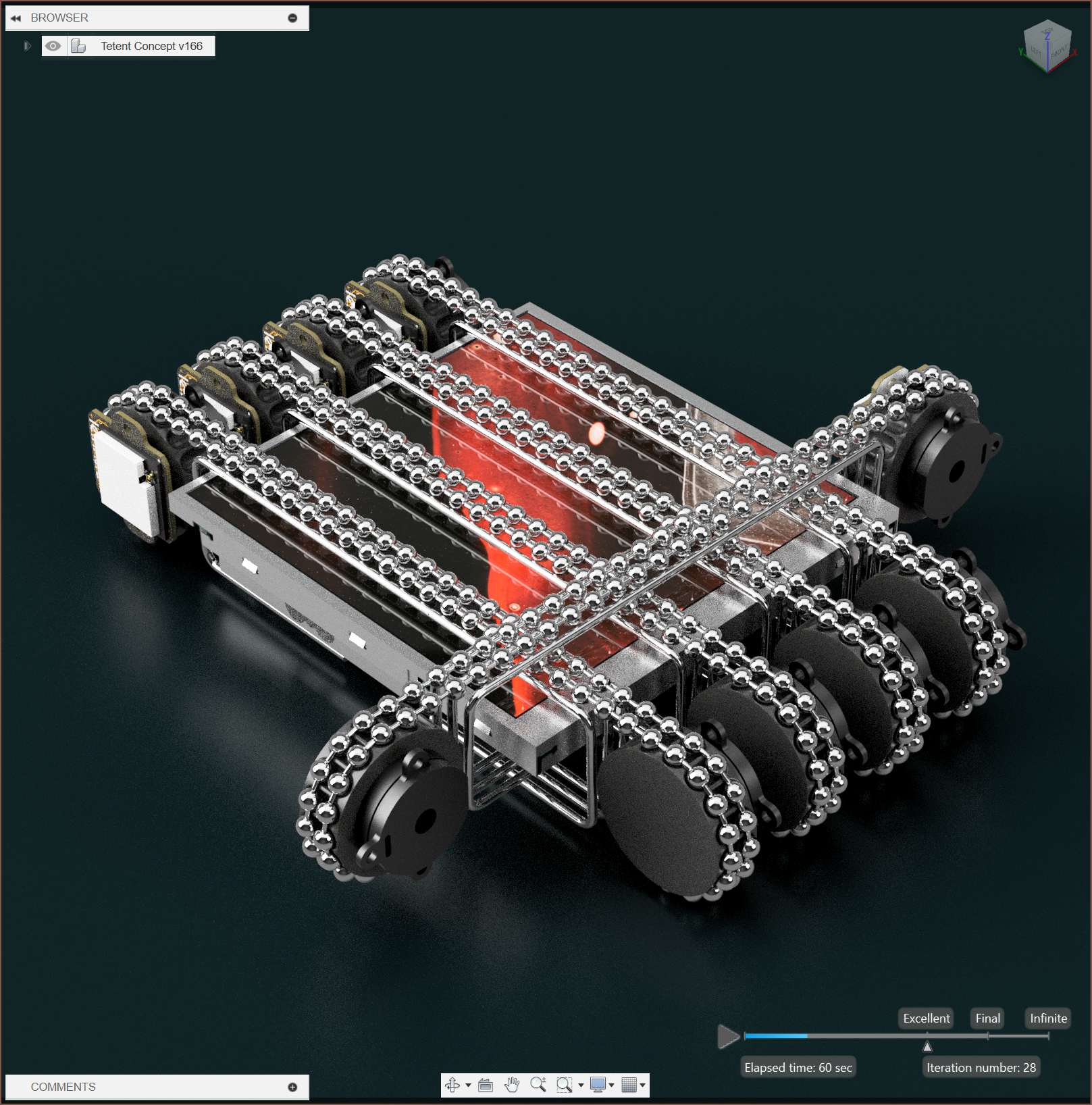
Anyway, I saw the above render for the first time and I was quite shocked because this looks like the kind of thing I'd expect to see as Pinterest concept inspiration and not "the best path forward considering my other conceptual prototypes failed in one way or another".
[18 Aug]
If I focus on the active area (pretending that it exists in a vacuum) I can't envision a more ideal solution from an ergonomic and aesthetic perspective, whilst still being geometrically valid. The active area is probably 80*75mm (X*Y), as it feels that my Thumb1 is more comfortable with that extra 2.5mm of space.
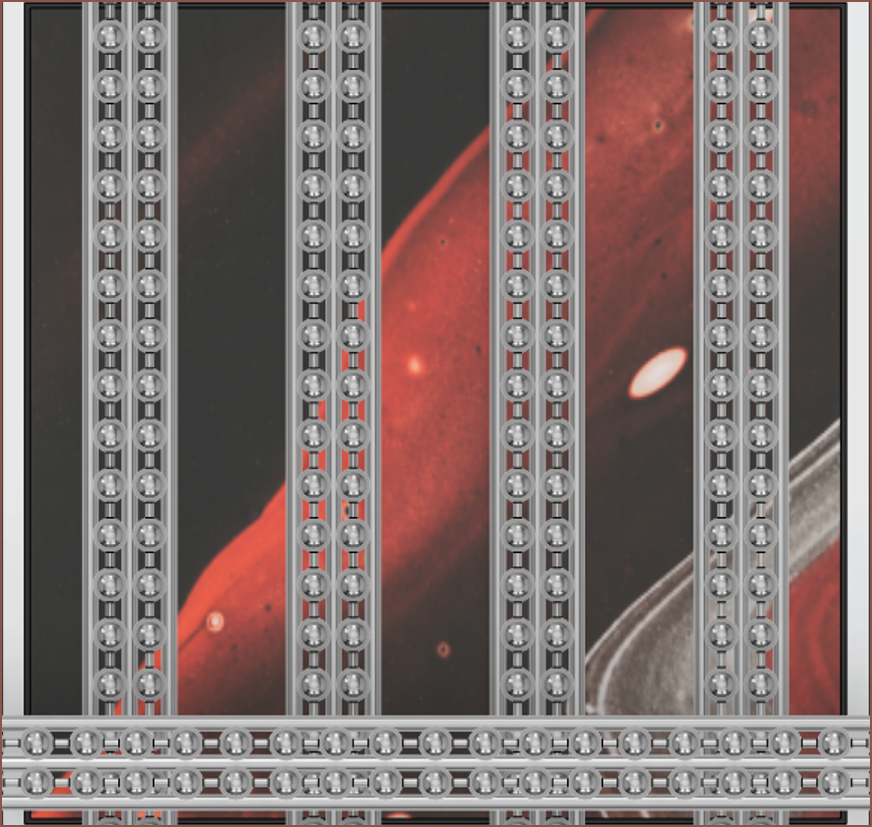
Here are the reasons why I belive this Tetent concept is a good solution:
- The design is ambidexterous and the Tetrinsics line up with my fingers.
- The ball-chains are not prickly on my fingers and I can sustain grip (even with fingernails).
- Additionally, the ball-chain is made from stainless steel, so it's less likely to wear down compared to plastic keycaps.
- The LCD, used as dynamic RGB backlighting, is a rather sharp 247 PPI and is almost perfect in size.
- (74mm / 4 = 18.5mm, and the Tetrinsics have a spacing of 18.6mm.)
- All 5 fingers could be used if desired, but this design also feels ergonomically ideal for 4 fingers or 3 fingers and a thumb.
- The current expected layout still only needs 2 Tetrinsics for text entry, so any user is free to utilise whatever combination is most comfortable at any point in time.
- A lot of the attributes that would be fixed in place for a traditional keyboard would be software adjustable, such as finger stagger, tactility/haptic feedback and button count.
- In a way, it's like a more physical version of an On Screen Keyboard.
- It's possible to smoothly slide to the next key without having to have one's fingers hover between keys.
- The data gathered is analog, so it's possible to emulate a game controller, drawing tablet, spacemouse or MIDI keyboard.
- The goal isn't for Tetent to feel like those devices, but to allow input of the same kind of data.
With this in mind, I can now assume that this is the goal. Thus, I've been trying to backtrack from this solution towards an implementation to see if I could obtain something smaller than the concept above. Unfortunately, I haven't, so I'll have to continue with the design I've already got in the works.
 kelvinA
kelvinA
Discussions
Become a Hackaday.io Member
Create an account to leave a comment. Already have an account? Log In.